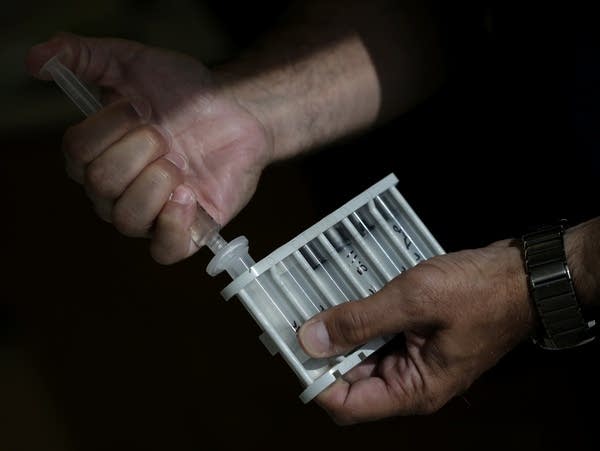Free nitrate tests meet farmer resistance in Brown County

A worker in Des Moines prepares a water sample for nitrate testing. In Brown County, Minnesota farmers are concerned that such testing could create data to target them for additional regulations.
Charlie Riedel | AP file 2013
Go Deeper.
Create an account or log in to save stories.
Like this?
Thanks for liking this story! We have added it to a list of your favorite stories.


